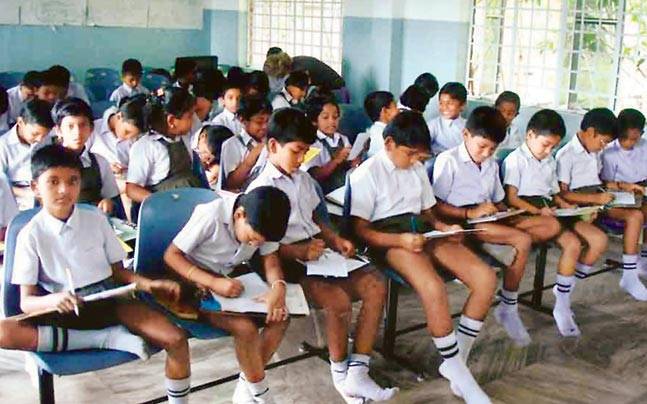By Kul BhushanOver a million children in 1,000+ government schools in New Delhi are learning about ‘Happiness’. These pupils from one to eight standards are learning about Happiness for 45 minutes every day. For nursery and kindergarten students, the classes are held twice a week.
Launched by the Dalai Lama on 2 July 2018, this project was initiated by the Delhi government following regular news reports of increased stress to pass examinations, student violence, murders and rapes in schools. A high rate of students committing suicides after examination failure was another factor. This subject aims to make students self-aware, thankful and content to create a better society.
At the launch, the Dalai Lama said, “Modern education focusses on material values and has nothing to offer regarding inner peace. Only India has the ability to combine modern education with ancient knowledge which is necessary for fulfilment of human emotions.”
To implement it, around 18,000 teachers have been oriented in a three-day workshop to conduct Happiness classes. ‘Happiness Curriculum’ was developed by a group of 40 teachers from government schools, volunteers and educators over six months. It consists of stories and activities focusing on happiness.
The subject has no text books, no tests or examinations and consists of 40 activities including a ‘Gratitude Wall’ where students learn to thank others by writing a few lines expressing gratitude for family members who have helped in some way on that day.
Other values emphasised in this subject are: practice of meditation/mindfulness; looking for good things in life; avoiding hedonic habits; improving positive/negative ratio; applying signature strengths; varying positive emotions, among others
The entire focus of the curriculum is on monitoring and observing the status of a child’s happiness. Moreover, the teacher keeps a diary to document every child’s progress.
The Happiness period starts with a five-minute meditation during which the students close their eyes and are asked to observe what they hear. Then they recount what they heard: be it the whirring of the fan, the noise outside their breathing or their heartbeats. The junior primary classes add singing and dancing to their happiness quota in these sessions.
Then the teacher tells a story from the prescribed twenty stories after which the students talk about it in a question and answer session to turn them into mental exercises. Teachers create a situation where the students can talk about their feelings on issues such as peer pressure, exam pressure, expectation from family and bullying.
Delhi newspapers have published articles on Happiness teaching and have quoted teachers maintaining that the initial results have been positive. They have noted positive changes in the behaviour and thinking of their students and overall improvement in their attitude, for example, reduced absenteeism and indiscipline.
Asked if had seen any change in students from under-privileged sections of the society, C.S. Verma, the principal of a South Delhi school said in an article in Hindustan Times, “Yes, indeed. They are more focused on studies and unlike in the past, they are more willing to accept their mistakes.”
In a Times of India article, the principal of a school said, “Earlier, they (the teachers) used to complain about children not concentrating in class, or not turning up with completed homework. That has reduced. Children are happy in school.”





